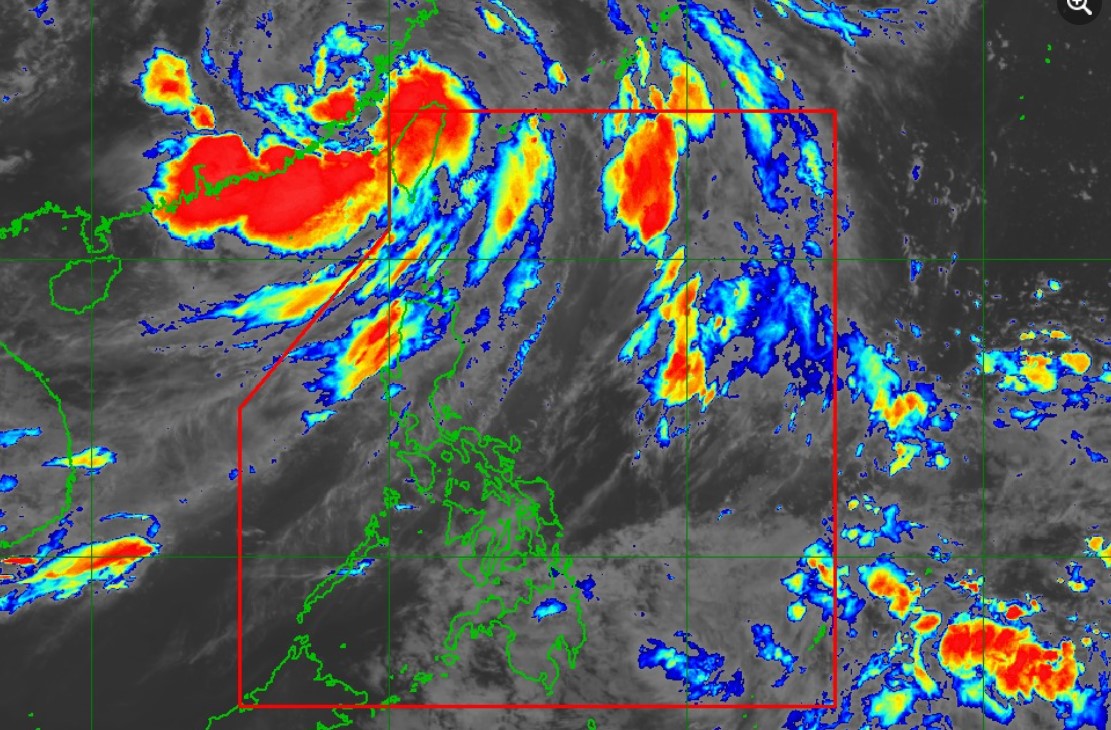Carina-enhanced Habagat to continue causing rain in Luzon

Severe Tropical Storm Carina will continue to enhance the Habagat (Southwest Monsoon) that will in turn bring rain over parts of Luzon while the cyclone moves towards Southeastern China.
According to PAGASA’s 11 p.m. cyclone bulletin on Thursday, enhanced Habagat is predicted to bring moderate to heavy rainfall over the western portion of Luzon until Saturday, and cause strong to gale-force gusts over the following areas in the next few days:
Thursday night to Friday: Batanes, Babuyan Islands, Ilocos Region, Cordillera Administrative Region, Nueva Vizcaya, Quirino, the eastern portion of Isabela, Central Luzon, Metro Manila, CALABARZON, MIMAROPA, Bicol Region, Western Visayas, Negros Occidental, and Northern Samar
Saturday: Batanes, Ilocos Region, Zambales, Bataan, Marinduque, Romblon, and Kalayaan Islands
Carina has further weakened and has downgraded into a Severe Tropical Storm.
Carina was last observed moving at a speed of 15kph northwestward at 630 kilometers north northwest of Itbayat, Batanes outside the Philippine Area of Responsibility.
The cyclone had maximum sustained winds of 110 kph and gustiness of up to 135 kph.
All tropical cyclone wind signals have been lifted.
Despite this, a gale warning is still in effect over the coastal waters of Batanes, Babuyan Islands, Ilocos Norte, Ilocos Sur, and northwestern Cagayan.
Carina and the enhanced Habagat may still bring rough seas over western seaboard of Central Luzon, and moderate to rough seas over the northern and western seaboards of Northern Luzon outside Gale Warning areas, the western seaboard of Southern Luzon, and the eastern seaboard of Northern Luzon in the next 24 hours.
The eastern seaboards of Central and Southern Luzon, the southern seaboard of Southern Luzon, the western and eastern seaboards of Visayas, and the eastern seaboard of Mindanao may also expect up to moderate seas.
Severe Tropical Storm Carina will continue to move west northwestward and will continue to weaken as it further interacts with landmass in Southeastern China.




